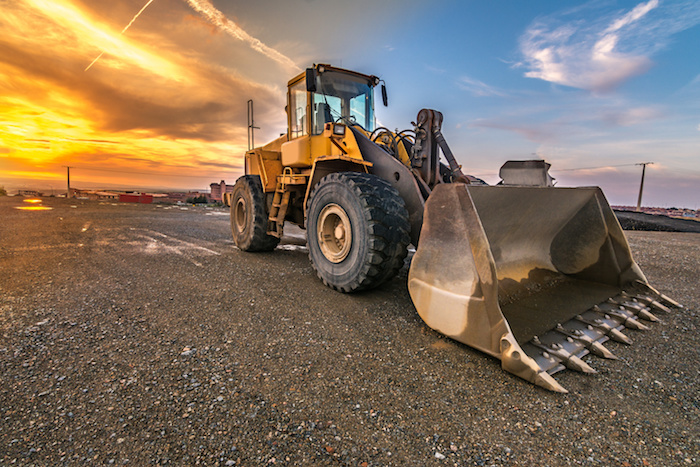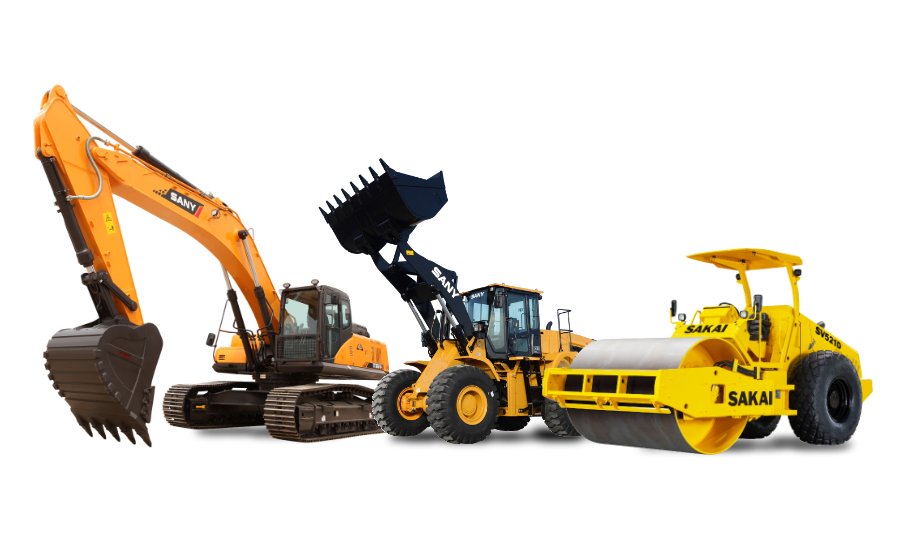Aerial Lift Rental for Construction and Maintenance Projects
Aerial Lift Rental for Construction and Maintenance Projects
Blog Article
Leasing Vs. Buying Building And Construction Tools: Making the Right Option for Your Job
When getting started on a construction project, one of the critical decisions that project stakeholders and supervisors deal with is whether to rent out or purchase construction devices. Both alternatives have their advantages and downsides, making the option an essential one in the task planning procedure. The decision rests on various elements such as cost factors to consider, job duration, tools maintenance, threat, scalability, and adaptability administration. Each component plays an important duty in identifying one of the most ideal path for the job's equipment demands. heavy equipment rental. Let's explore these aspects additionally to understand exactly how they affect the decision-making process and eventually the success of the task.
Expense Factors To Consider
When assessing the financial element of renting out versus buying construction equipment, the in advance expenses and lasting costs should be carefully considered. Leasing equipment frequently needs reduced preliminary repayments contrasted to acquiring, making it an attractive option for short-term jobs or specialists with budget constraints. Renting removes the requirement for large capital investments and lowers the financial threat associated with equipment ownership, such as maintenance and devaluation prices. Nonetheless, over time, continuously renting out devices can collect higher costs than buying, specifically for extended projects.
On the various other hand, acquiring construction equipment entails higher in advance expenses however can result in long-term savings, especially for long-term tasks or frequent customers. Inevitably, the choice between purchasing and leasing construction devices pivots on the task's period, frequency of usage, budget plan factors to consider, and long-term monetary objectives.
Job Period

On the other hand, for long-lasting projects or continuous building and construction work, purchasing tools might be the much more economical option. Getting tools can bring about set you back financial savings in the lengthy run, especially if the equipment will certainly be frequently utilized. Furthermore, owning tools provides a sense of control over its schedule and enables for modification to fit details job requirements.

Tools Upkeep
Provided the crucial duty project duration plays in establishing the most cost-efficient method in between leasing and buying construction devices, the emphasis now moves in the direction of examining the important element of equipment upkeep. On the various other hand, possessing equipment needs a positive strategy to maintenance to stop malfunctions, guarantee safety and security, and prolong the equipment's life expectancy. Eventually, a properly maintained building equipment fleet, whether leased or had, is vital for the efficient and effective conclusion of construction tasks.
Flexibility and Scalability
In the realm of construction devices management, the aspect of versatility and scalability holds substantial significance for project efficiency and source use. Opting to rent building tools supplies a high level of flexibility as it allows for the quick modification of tools types and amounts based on the evolving needs of a job.
Leasing building and construction tools provides the advantage of easily scaling procedures up or down as project demands change. Service providers can promptly add or trade devices to match the task's mini excavator rental altering demands without the restraints of having possessions that might end up being underutilized or outdated.
Risk Monitoring
Reliable risk administration in building tools procedures is extremely important to ensuring job success and mitigating potential economic losses. Construction tasks inherently include different threats, such as devices failures, crashes, and job delays, which can substantially influence the task timeline and budget plan. By very carefully considering the threats connected with owning or leasing building tools, job supervisors can make enlightened decisions to reduce these prospective hazards.
Leasing building and construction devices can use a degree of risk mitigation by moving the responsibility of repair and maintenance to the rental company. This can decrease the financial problem on the project proprietor in case of unforeseen devices failings (mini excavator rental). Furthermore, leasing supplies the adaptability to gain access to specialized equipment for certain project stages, reducing the danger of having underutilized machinery
On the other hand, owning building and construction equipment offers a sense of control over its use and upkeep. Nevertheless, this likewise suggests bearing the full obligation for repair services, maintenance costs, and depreciation, increasing the financial threats connected with devices ownership. Careful risk evaluation and consideration of factors such as job period, tools utilization, and maintenance requirements are vital in establishing one of the most ideal choice for reliable threat monitoring in building and construction projects.
Conclusion
In verdict, when deciding between purchasing and leasing building equipment, it is essential to consider cost, job duration, tools upkeep, danger, flexibility, and scalability management. Each aspect plays a critical role in figuring out one of the most ideal choice for the project handy. By thoroughly examining these aspects, job managers can make an educated decision that lines up with their budget plan, timeline, and total project goals.

Report this page